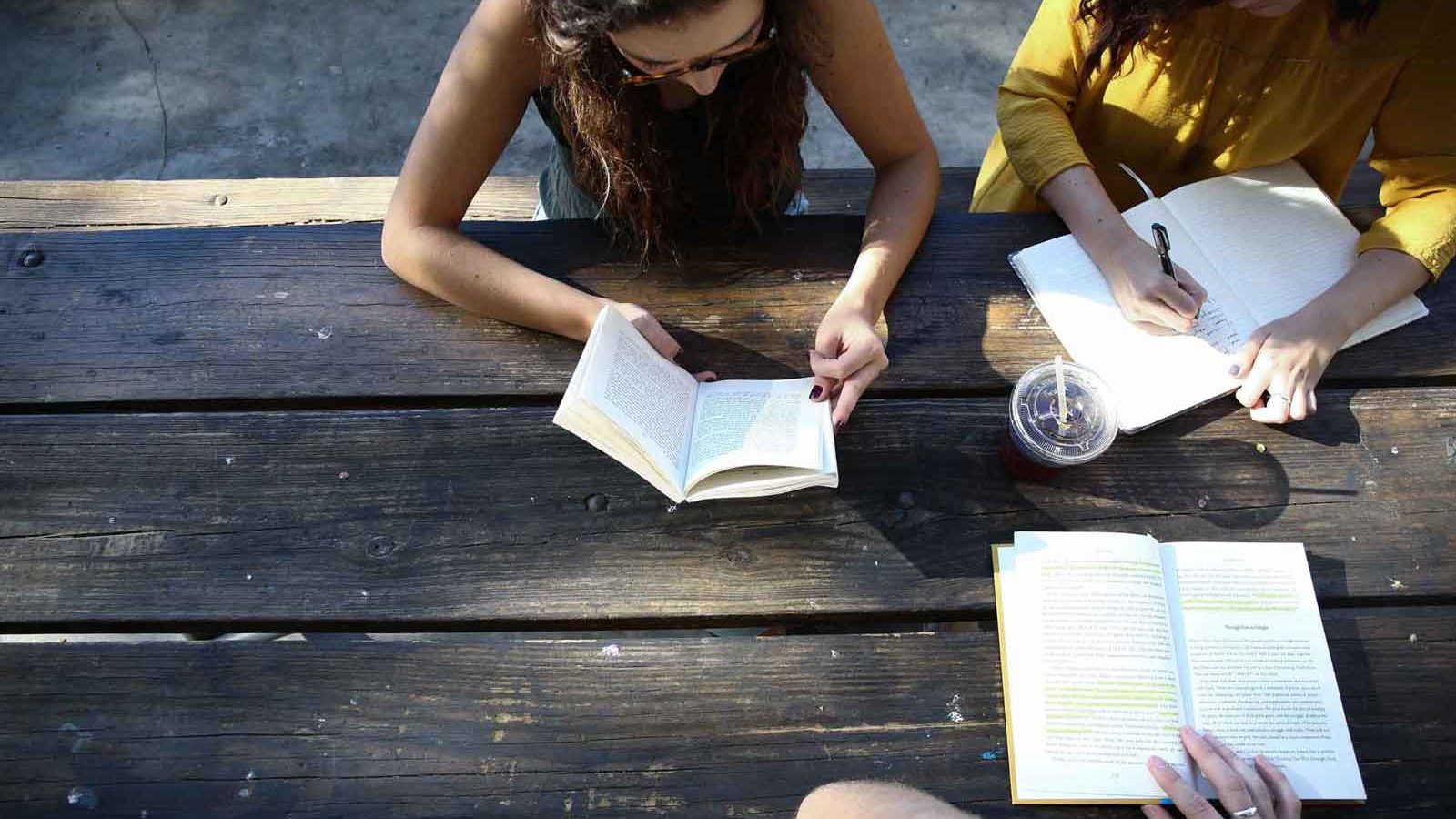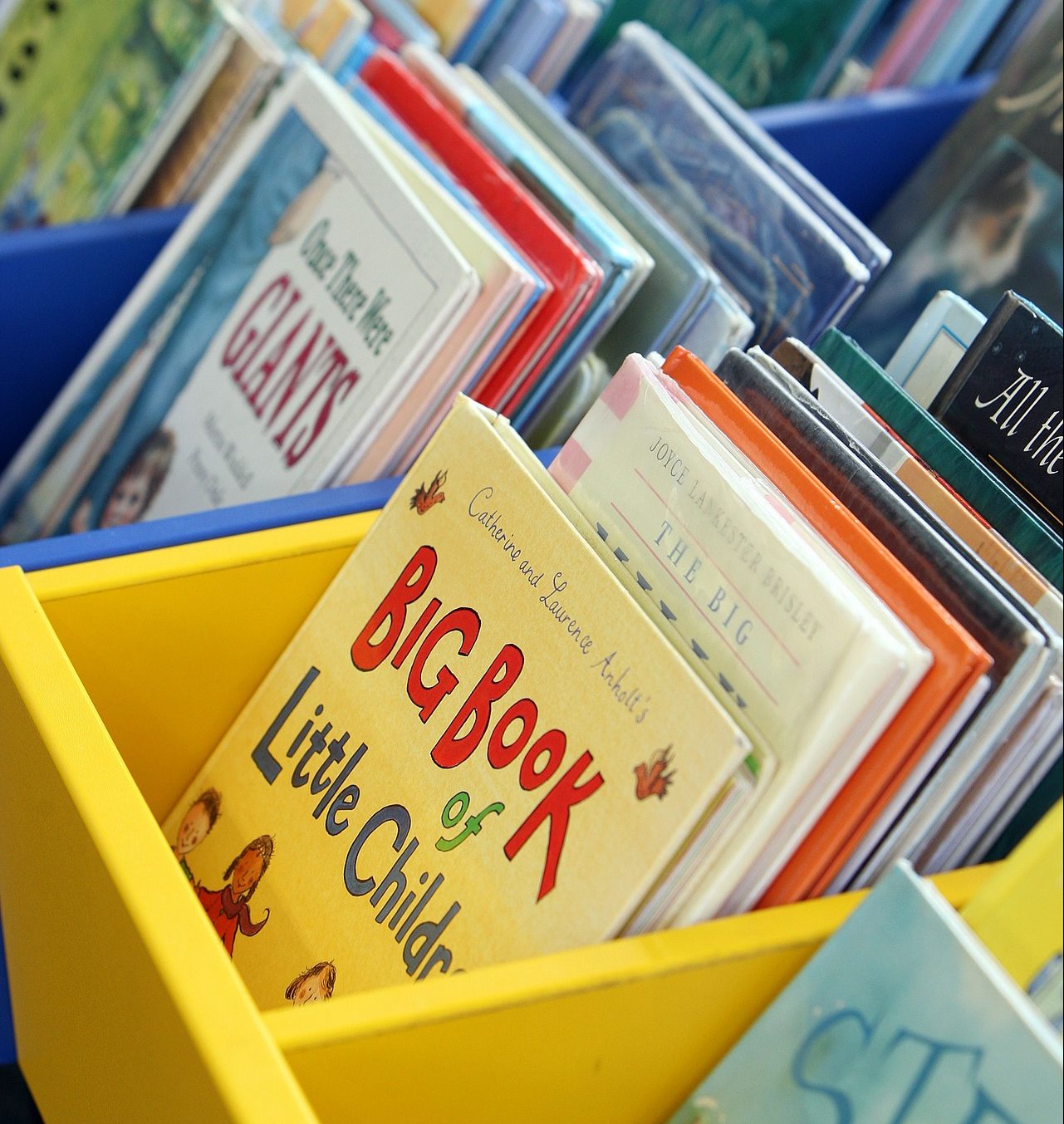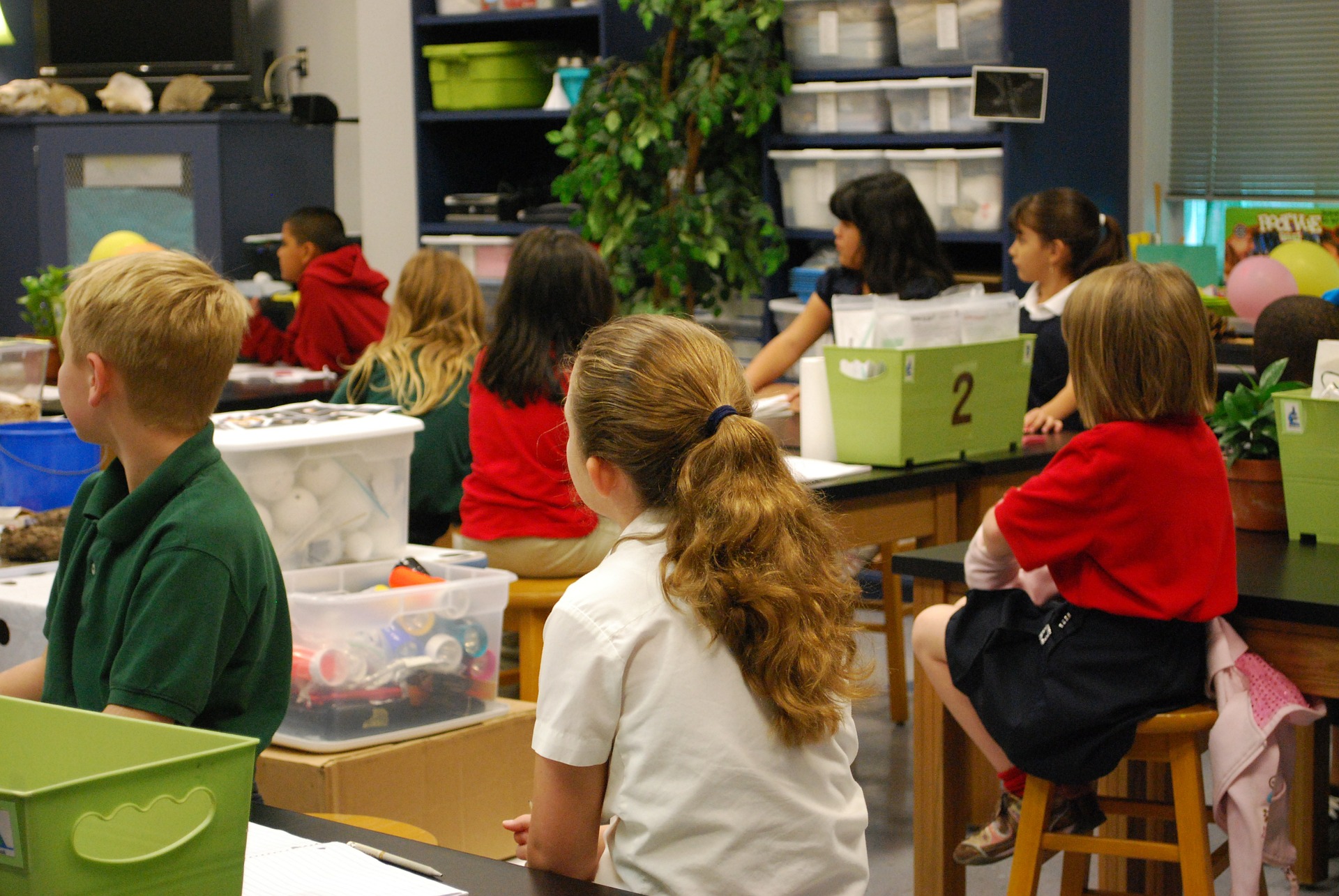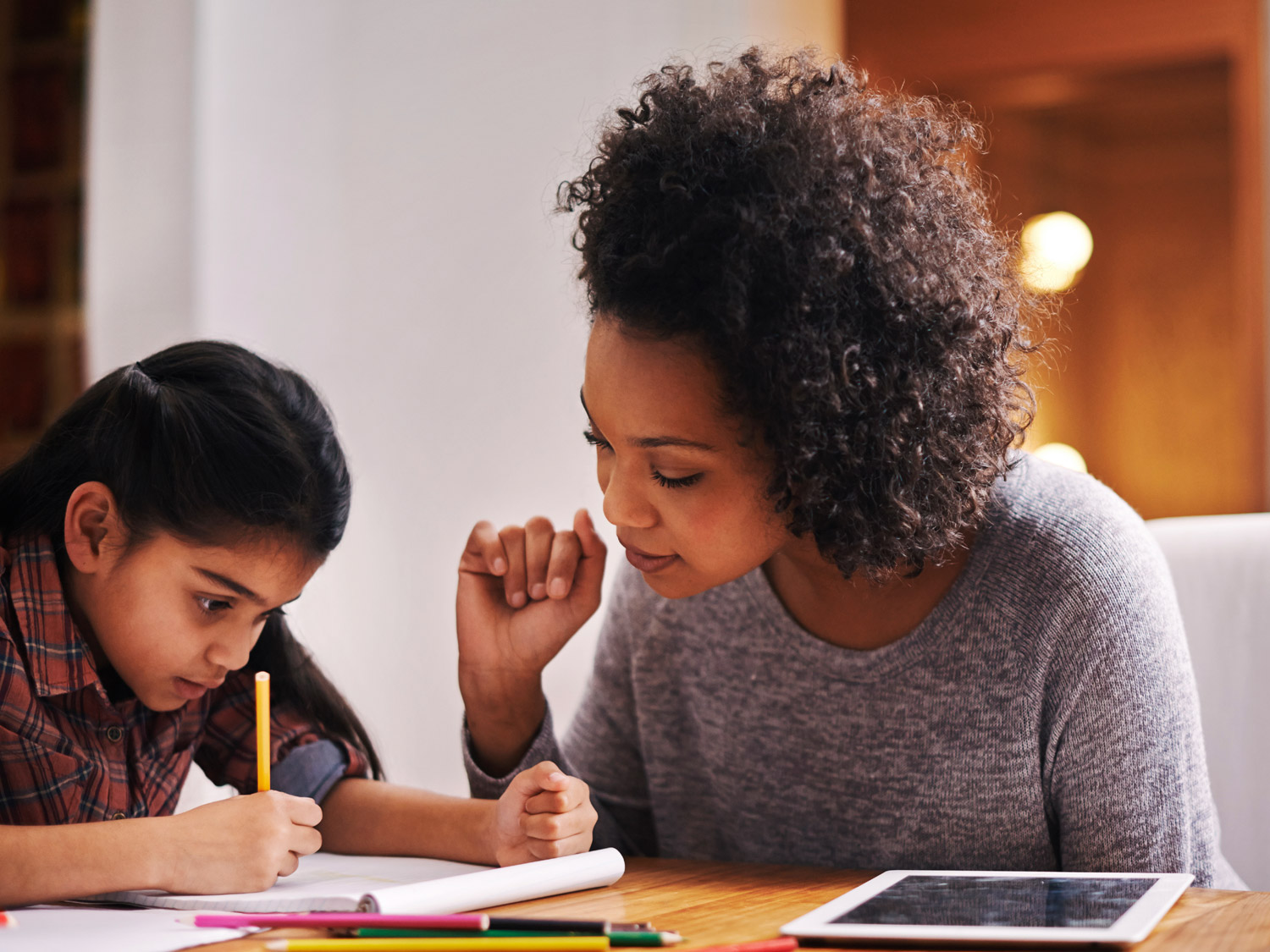Witnessing a child become captivated by a book is a privilege. Providing children with the opportunity to access and enjoy a wide range of books enables them not only to nourish their inbuilt curiosity and imagination, but also crucially equips them with the tools needed to make better sense of the world around them. To clarify what is meant by picture books; these are books, from hilarious to tragic to profound, where the art and the words work together to create meaning so that, without either, the story is nonsensical.
“A picture book is text, illustrations, total design; an item of manufacture and a commercial product; a social, cultural, historical document; and foremost, an experience for a child. As an art form, it hinges on the interdependence of pictures and words, on the simultaneous display of two facing pages, and on the drama of turning the page. On its own terms its possibilities are limitless.” Barbara Bader, from American Picturebooks from Noah’s Ark to the Beast Within, New York Macmillan, 1976
Picture books do not have a threshold that one must reach in order to gain access.
This is crucial for children who are at an early stage of learning English. A key skill for all children is critical thinking. Learners who may not yet be able to comprehend the text within a picture book are inherently forced to use their critical thinking skills for this task, to try and deconstruct meaning from the pictures.
When the book is being shared by an adult, it becomes a crucial teaching tool. The potential for language acquisition, in addition to developing one’s understanding of story, emotion and wider themes, is immense.
It is frequently assumed that picture books belong in the hands of younger children. However, excluding older children from having access to these resources is to do them a disservice. Children take from picture books what they bring to them.
Those with a greater breadth of experience will find and benefit from different aspects within stories.
Books such as The Journey, by Francesca Sanna provide older children with an entry point to discussions on more complex themes. This stunning book explores the themes of forced migration and war. The powerful artwork invokes hope, fear and despair, without ever losing sight of the humanity of the story. The Heart and the Bottle, by Oliver Jeffers tenderly explores what can happen when we deny difficult emotions around loss.
“Feeling unsure, the girl thought the best thing was to put her heart in a safe place. Just for the time being. So she put it in a bottle and hung it around her neck. And that seemed to fix things … at first.” Oliver Jeffers, from The Heart and the Bottle, New York, Harper Collins, 2010
Picture books have the power to resonate with people of all ages.
Providing a child with the opportunity to access the right story at the right time can have a lifelong impact.
E.B. White, the author of Stuart Little and Charlotte’s Web illustrates how far children have the capacity to be nourished by books, unbound by age, ability, language nor emotional intelligence. It is this belief that emphasizes the importance of ensuring that a high-quality picture book remains in every child’s reach.
“Children … are the most attentive, curious, eager, observant, sensitive, quick, and generally congenial readers on earth. Anyone who writes down to children is simply wasting his time. You have to write up, not down.”E.B. White, from The Paris Review Interviews IV, New York, Picador, 2009
In terms of finding great picture books for children, the Centre for Literacy in Primary Education is a good place to start. Alternatively, spending time speaking with experts in a good bookshop can help you find that title which, with fortune, will indeed turn out to be just the right book at just the right time for an eagerly awaiting child.



 Classroom Management Do’s and Don’ts
Classroom Management Do’s and Don’ts